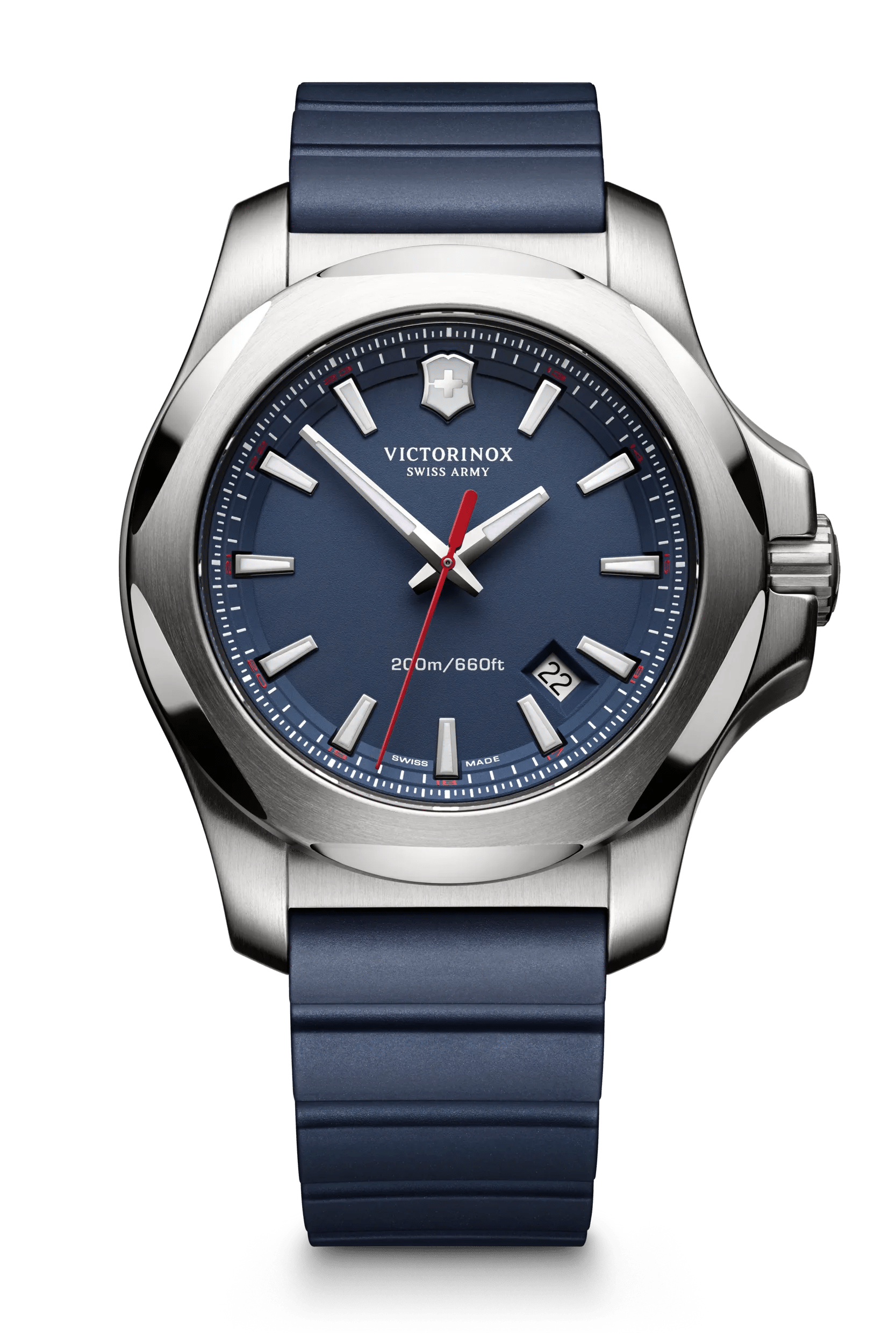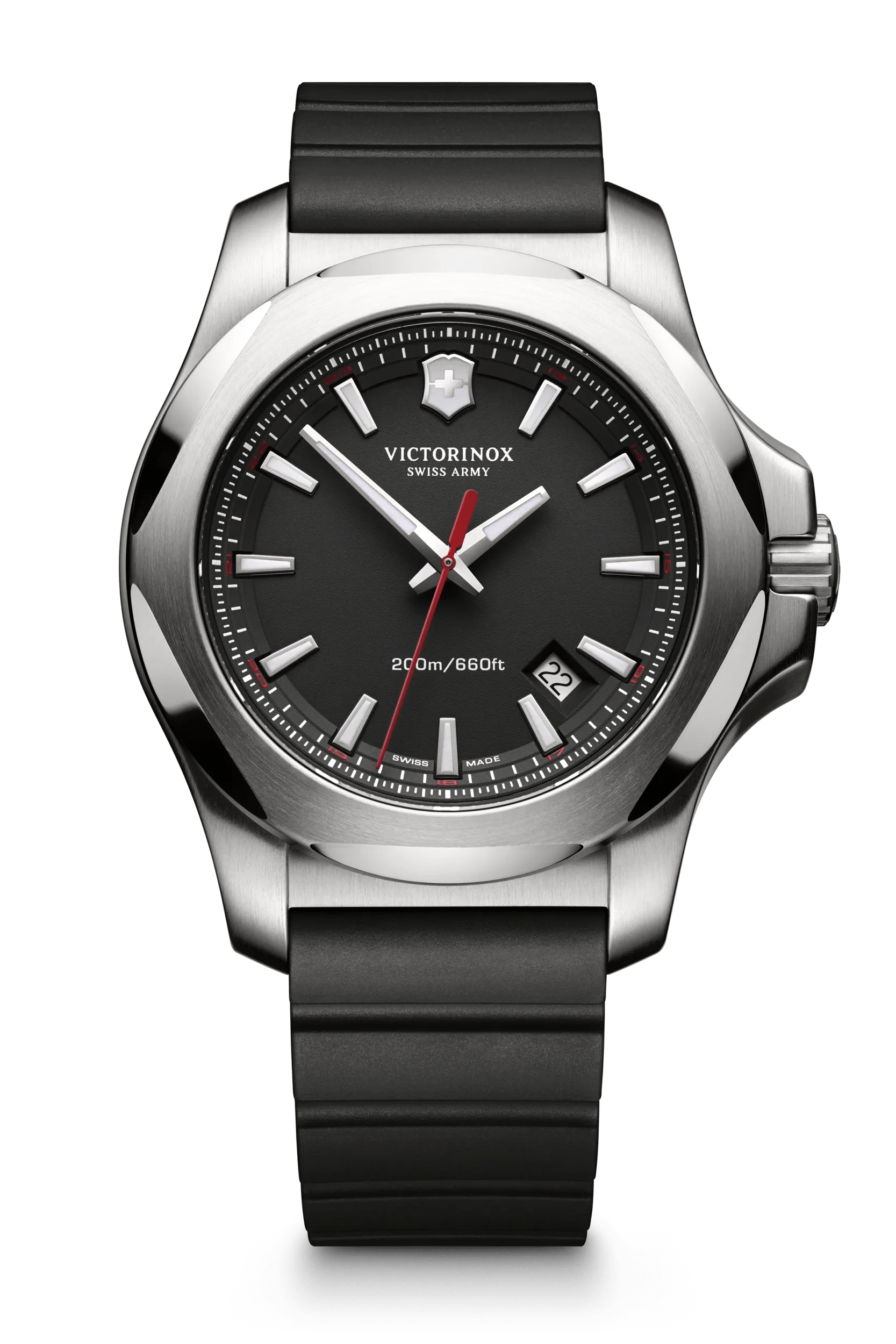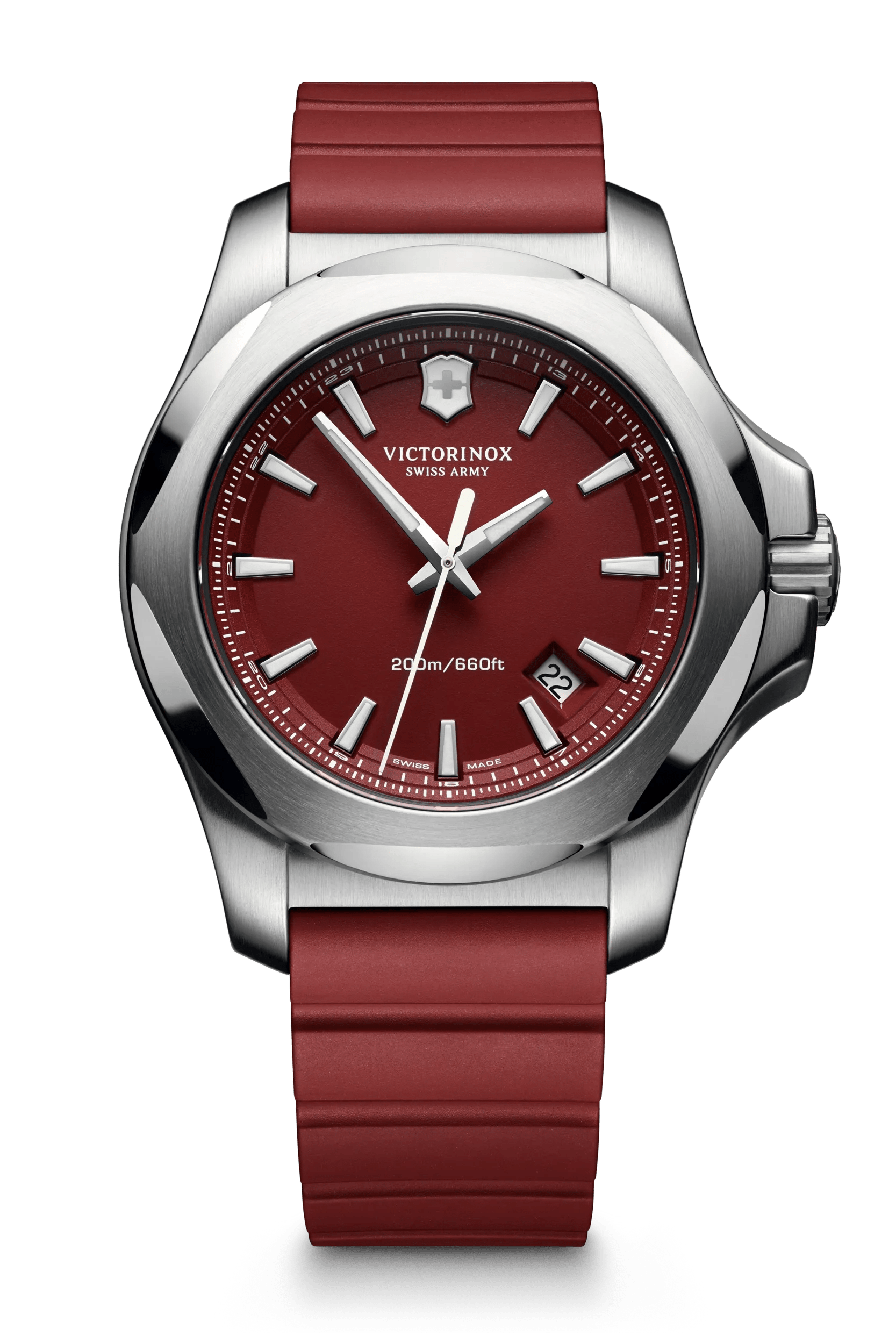The future of stainless steel
Victorinox and ECAL innovate the material of the I.N.O.X. watch
To explore the possibilities of stainless steel in the watch industry, we wanted to ask the next generation of up and coming designers about their take on this traditional material. So we were delighted to collaborate with one of the most famous and innovative design schools in the world: the renowned école cantonale d’art Lausanne, in short: ECAL. Students from all over the world borrowed from areas such as medical surgery, nanotechnology or biomimicry, and applied this knowledge to the world of watches.
A story of tradition and innovation
Over the years we have built quite some expertise in working with stainless steel. About 100 years ago we were the first knife company in the world to work with this material. This innovation marked such a turning point in the quality of our products, that in 1921, we integrated the name for non-rusting steel “inox” into our brand name.
Ever since then, stainless steel has been at the core of our work. It’s this expertise which led us to the world of watches. With all our experience, it just seemed natural to start manufacturing timepieces. And that’s how the legendary I.N.O.X. was born: an homage to a material that keeps stunning us with its ingenuity.
Join us to explore the fascinating possibilities of stainless steel.
Stainless steel – 1 material, 11 innovations
When light beams get focused and then diverted by a reflective material, caustics are created. For example the light reflection in a swimming pool. Applying an engraving according to the principles of light caustics on a watch surface, adds an almost “magical property”. Image: picture taken by student, Rayform SA
The project was headed up by Alexis Georgacopoulos, Director of ECAL, and Thilo Alex Brunner, Head of Master in Product Design at ECAL. Under their initiative, designer and ECAL professor Alexander Taylor led students from all over the world through a three month project on discovering new possibilities for the use of stainless steel.
What is the future of stainless steel in the watch industry, Alexander Taylor?
Why didn’t you design watches in this project but focused on material?
I believe the students and designers should learn skills enabling them to be multifaceted in approach and work not only with the finished object, working in a way exploring first the ways in which we can work without the parameters of the object. The character of the object and the opportunity to create something new in both terms of aesthetic and production will come from a collaboration with makers and understanding of the designer to tailor the technologies to a particular need. During this process opportunities will inevitably present themselves beyond the original brief. By not focusing on a particular design of a watch it allowed us to let the process really inform and influence the formal outcome.
What makes stainless steel such an interesting material to work with?
It has such a beautiful and highly functional industrial quality, somehow hi-tech yet so familiar! It is a material with the ability to stimulate the senses and is associated with pioneering product / structures and performance. With this project however we illustrated how you can take a material which is so familiar and still propose absolutely new ways in which it can be fabricated or processed.
About Alex Taylor, Awarded British Designer, Professor at ECAL
Share via e-mail
Success!
Your message was successfully sent.
Error!
There was an error while trying to send your message. Please try again.
Your product has been added to your cart



